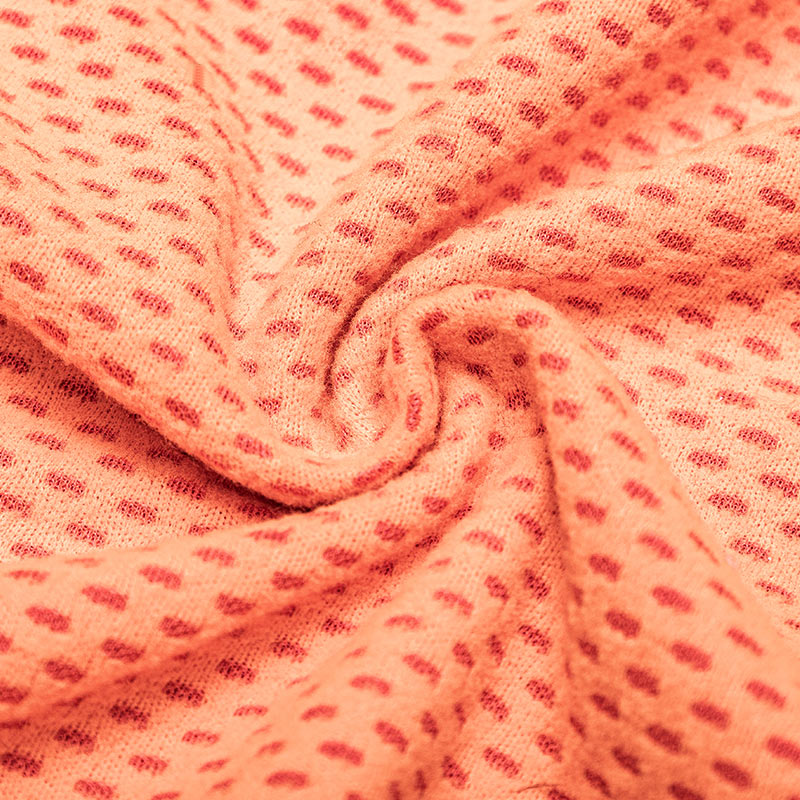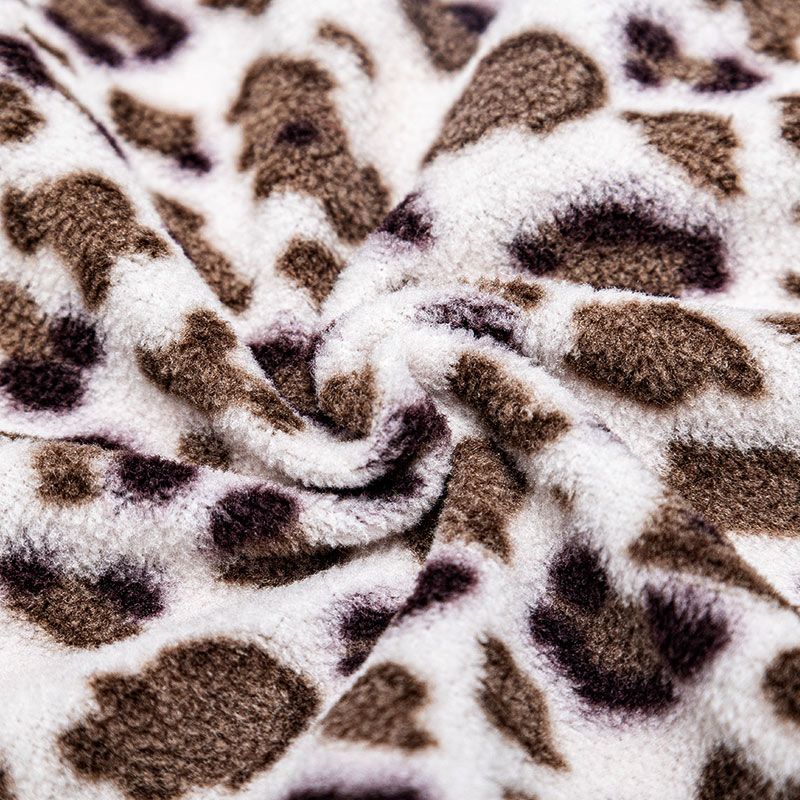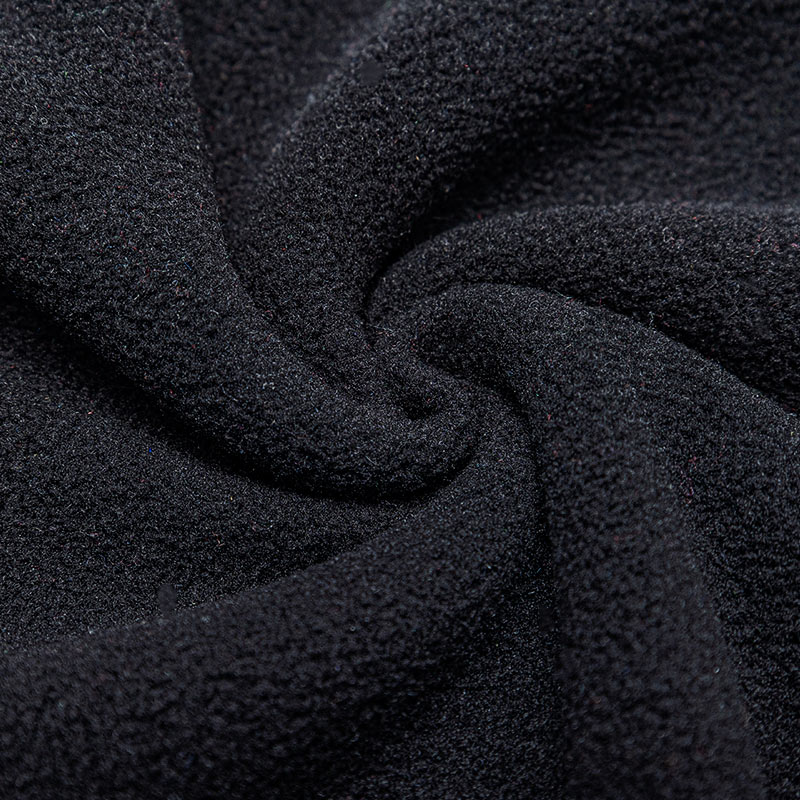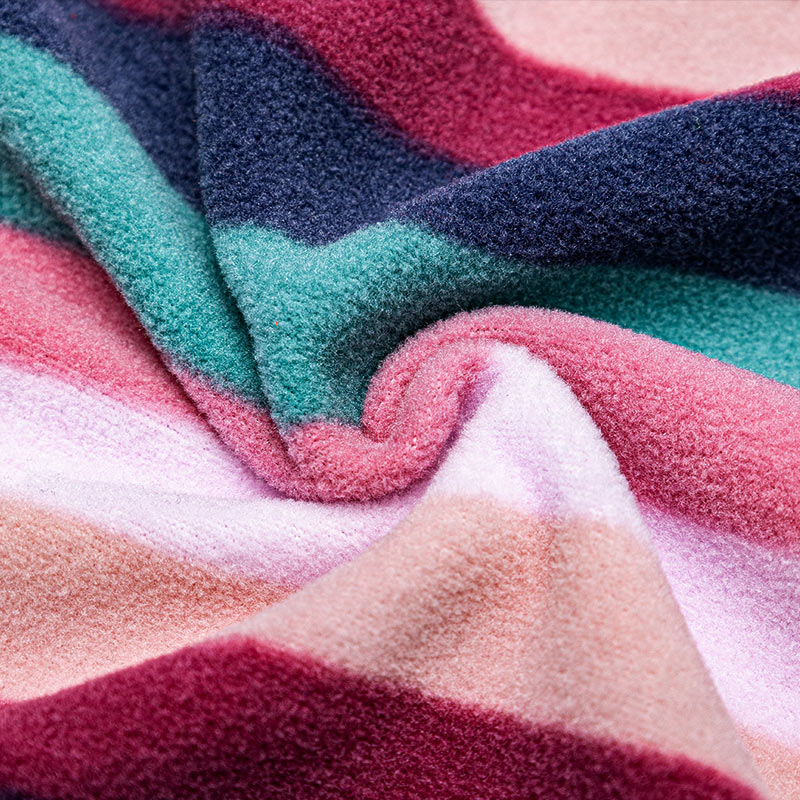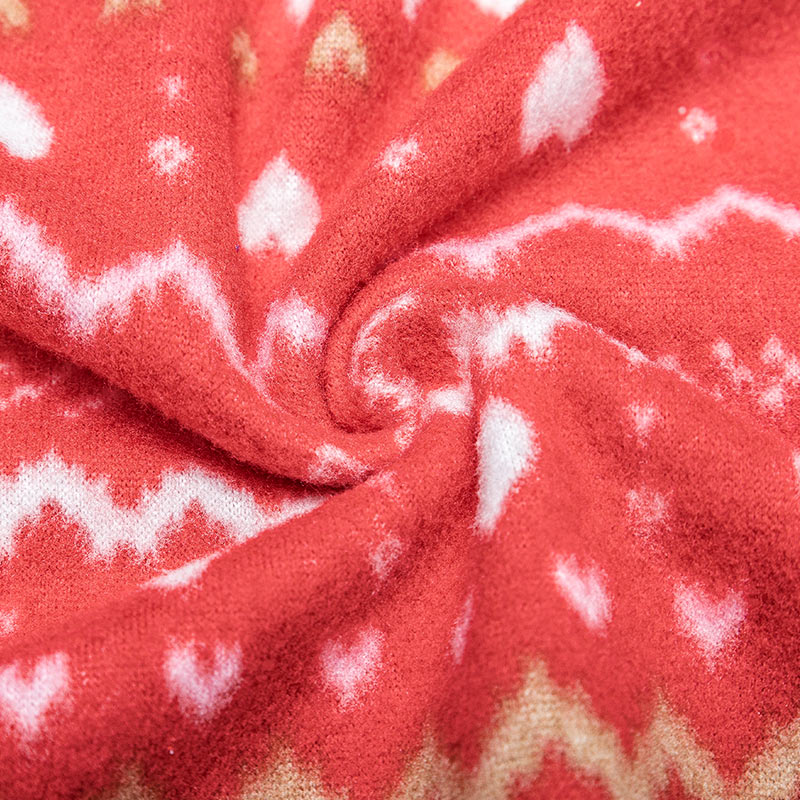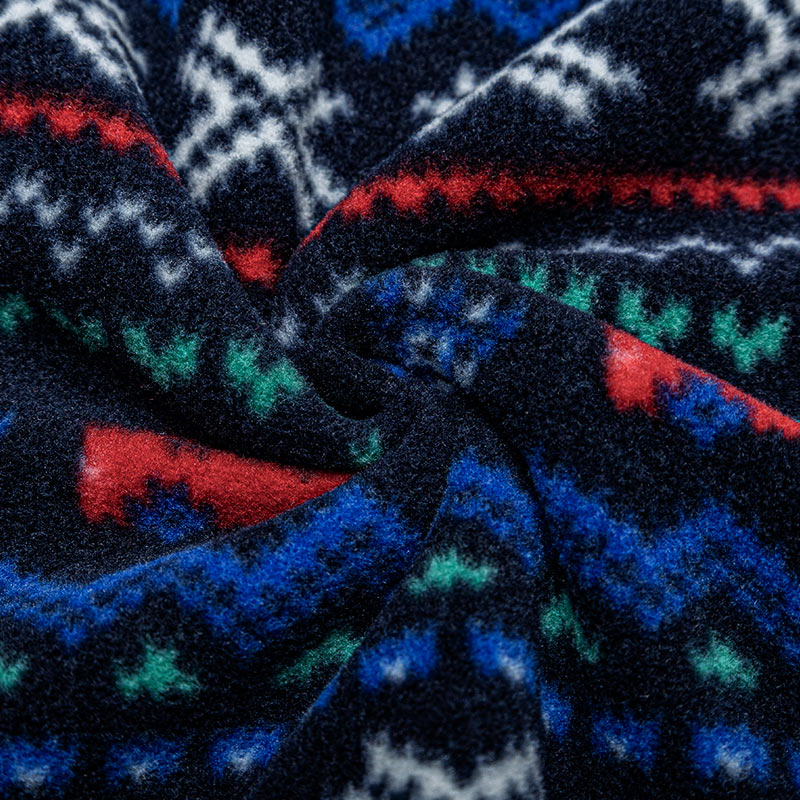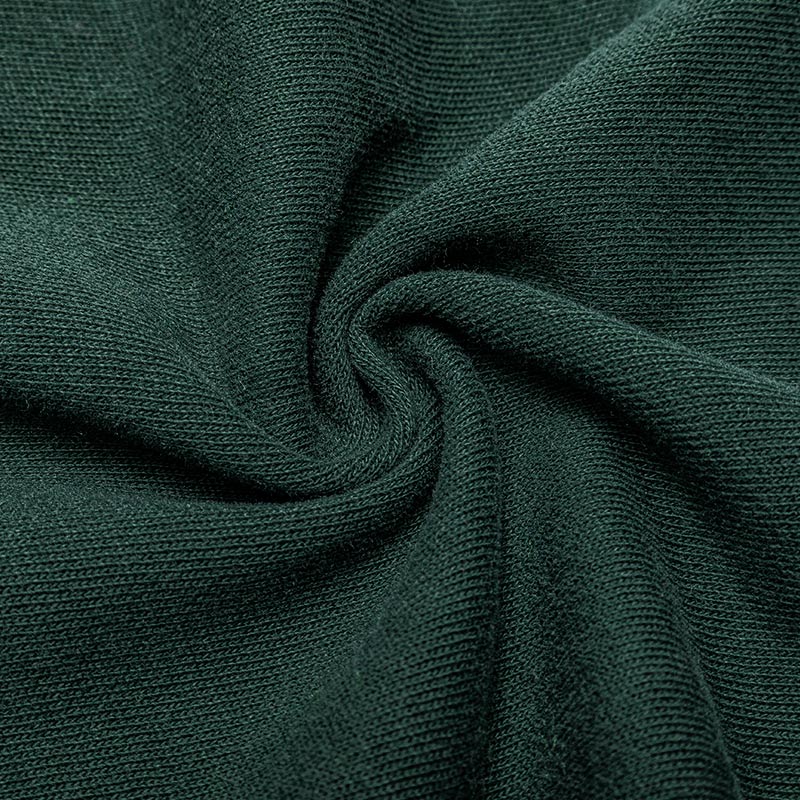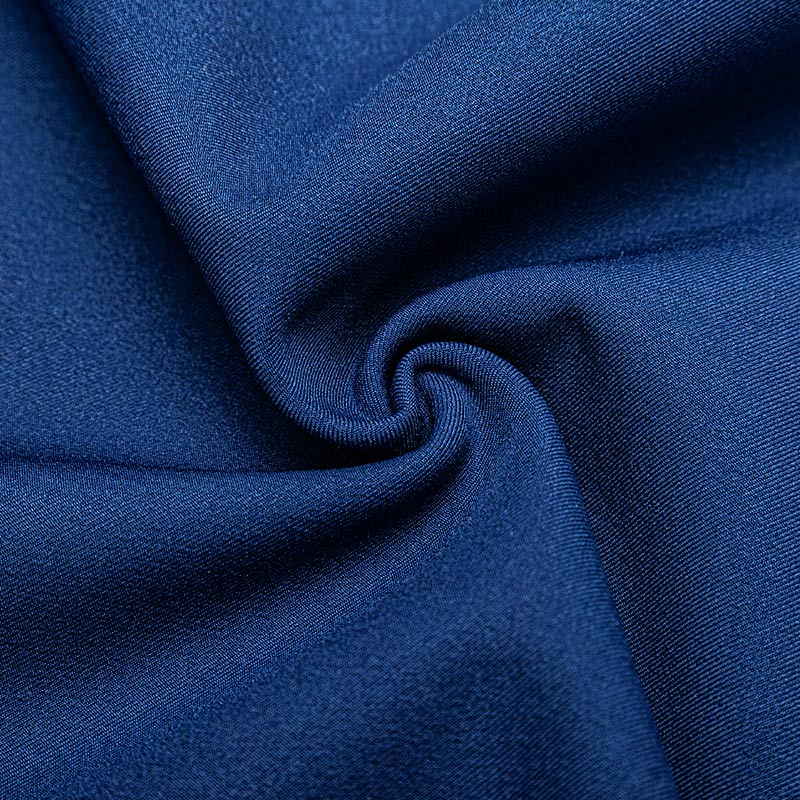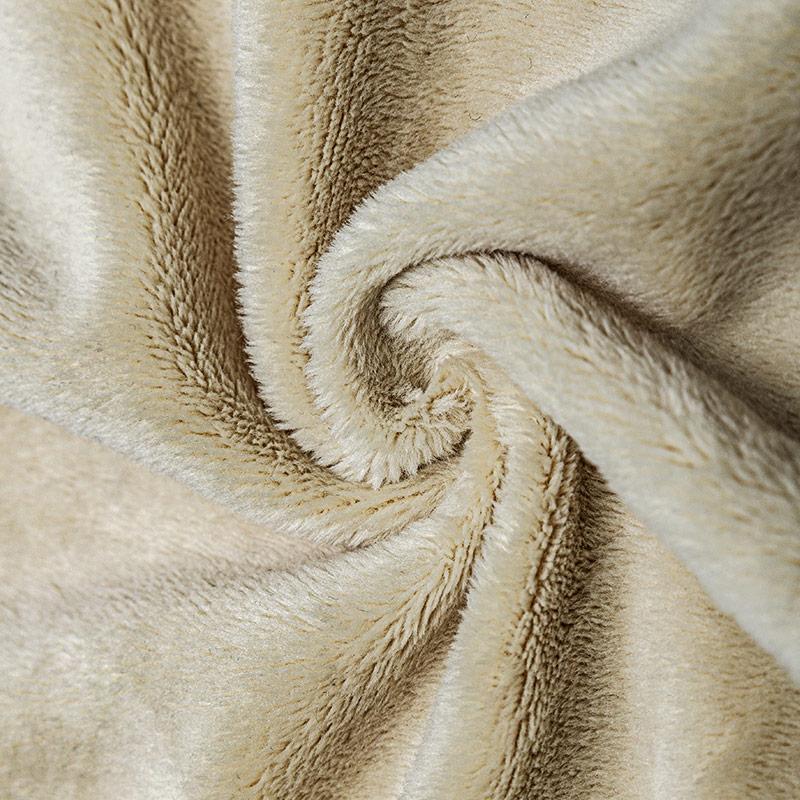Cationic fabric possesses several distinct properties that contribute to its unique characteristics:
Cationic fabrics are known for their durability. They are often resistant to abrasion, tearing, and stretching, making them suitable for various applications where strength and longevity are essential.
The texture of cationic fabric can vary depending on the specific fibers used and the weaving or knitting process. However, it generally has a smooth and soft feel, making it comfortable to wear against the skin.
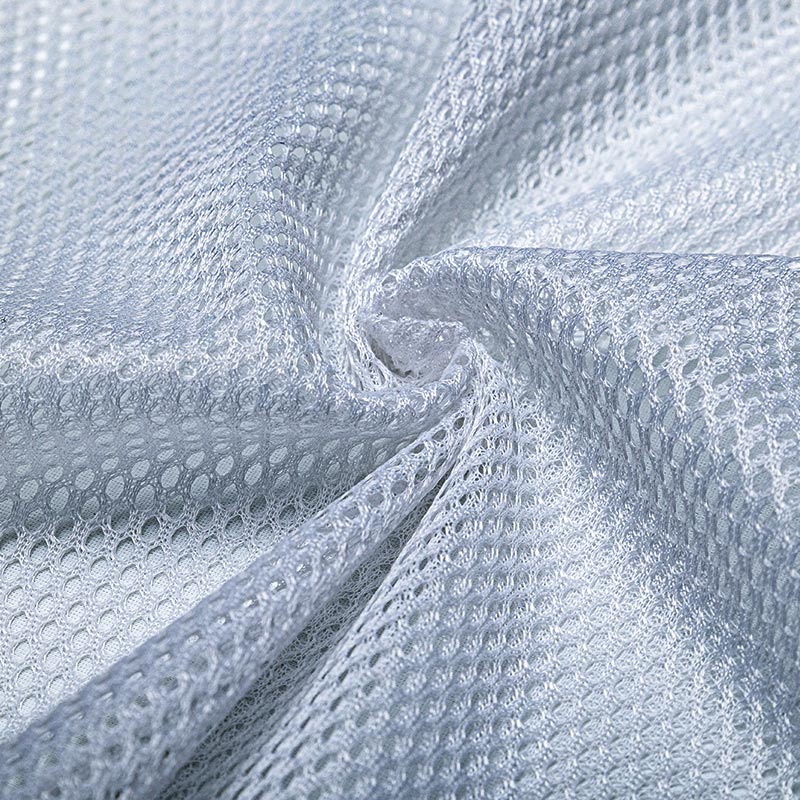
Cationic fabric typically has a vibrant and lustrous appearance. The dyeing process used for cationic fabric allows for rich and intense colors that are less prone to fading over time compared to traditional dyeing methods. This results in fabrics with deep and saturated hues, enhancing their visual appeal.
Cationic fabrics often possess moisture-wicking properties, which allow them to quickly absorb and dissipate moisture away from the skin. This helps keep the wearer dry and comfortable, making cationic fabric suitable for activewear, sportswear, and outdoor apparel.
Cationic fabrics are known for their static-resistant properties, which help reduce the buildup of static electricity that can occur during wear. This feature makes cationic fabric less prone to clinging or sticking to the skin, improving overall comfort.
Some cationic fabrics may have antimicrobial properties, which inhibit the growth of odor-causing bacteria and fungi. This helps keep the fabric fresh and odor-free, particularly during prolonged wear or physical activity.
Cationic fabrics are often prized for their soft and luxurious feel. The smooth texture and gentle drape of cationic fabric make it comfortable to wear and suitable for a wide range of clothing and textile applications.
Cationic fabric combines durability, texture, and appearance with additional functional properties such as moisture-wicking, static resistance, and antimicrobial protection. These characteristics make it a popular choice for various applications, including activewear, athleisure wear, outdoor apparel, and fashion textiles.

